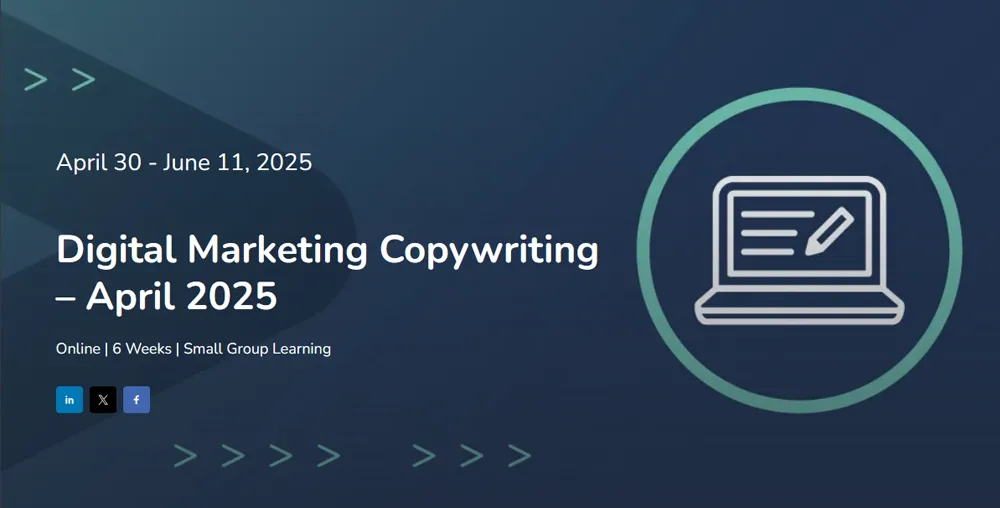On June 17, at the Omni Hotel in downtown San Francisco, the sfAMA closed out its 2013-2014 year with a stimulating panel discussion on the integration of print and digital channels in the marketing mix. Moderator, Ken McCormick from Visual Identity opened the forum with a discussion about the viability of print as a communication tool now enhanced with digital advancements. A video produced by NewPage, a leading paper manufacturer, supplied various statistics to support the position that print is not dead and can, in fact, be the “right” medium for the right message at the right time. Aaron Haas, Director, at NewPage gave an example of successful e-retailor, Zappos, doubling its orders by adding a print catalog to its online presence. Having established that print is alive and well, the conversation moved on to how technology is changing the way brands narrate their stories by delivering memorable digital experiences to foster consumer engagement. One way to create these experiences is through augmented reality (AR) which enhances user-brand interaction. Roman Hasenbeck, from Metaio, Inc., works with a number of brands that have used AR such as IKEA, Coke brands Sprite and Mellow Yellow, and Legos. He predicts AR will be increasingly used to drive customers to purchase, as IKEA is doing by allowing consumers to “place” furniture in their living spaces and then order those pieces from a store. Michael Fox, from Safeway, cautioned that AR does not ensure high audience engagement, however, based upon his experience using it on bags of Doritos chips at Frito-Lay. He believes the challenge for AR and other new technologies is to convey a rational benefit in an emotional experience and to incorporate them into everyday life to solve problems or offer other benefits. 
The remainder of the discussion revolved around how to integrate print and digital executions to engage audiences with the ultimate goal of converting them into customers. Engagement with a brand can be measured, but it is difficult to correlate with actual sales. Both Aaron Haas and Anne Jordan, from UNIT partners, claim that digital is driving initial contact followed by print. Anne advised that print must provide a memorable and tactile experience to attract younger audiences, in particular. The new media channels have not changed the basic strategy for marketers — the objective remains to produce the appropriate products/services for the target audience and then direct the target to the website or store for purchase. The means for best accomplishing this goal, though, may require the dynamic integration of print and digital mediums. For more on print innovations, please see http://www.Edliveshere.com
Claire Herczeg is the ssociate vice president of Membership of the sfAMA chapter. She is the former president of the Los Angeles AMA chapter. Claire is an experienced market researcher and marketing services account manager. You can reach Claire at claire.herczeg@sfama.org.
[fpf_run_main aid=772702892762155]






Comments are closed.